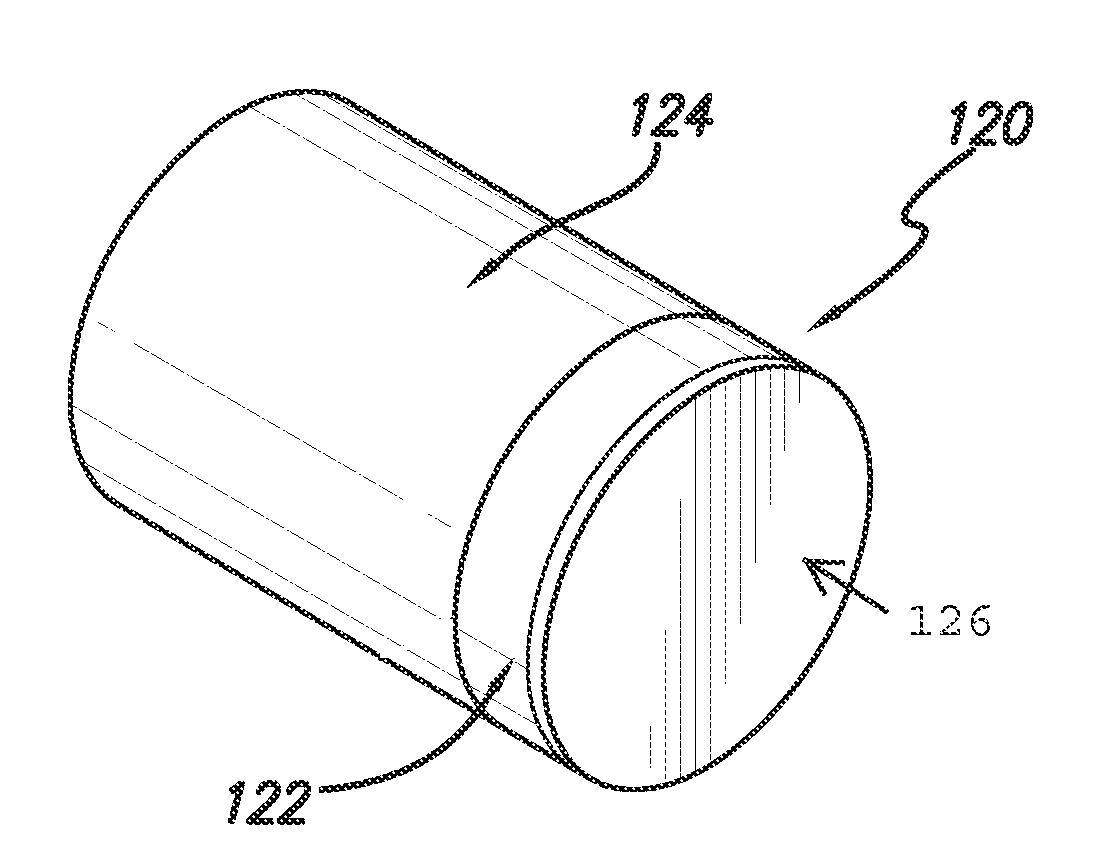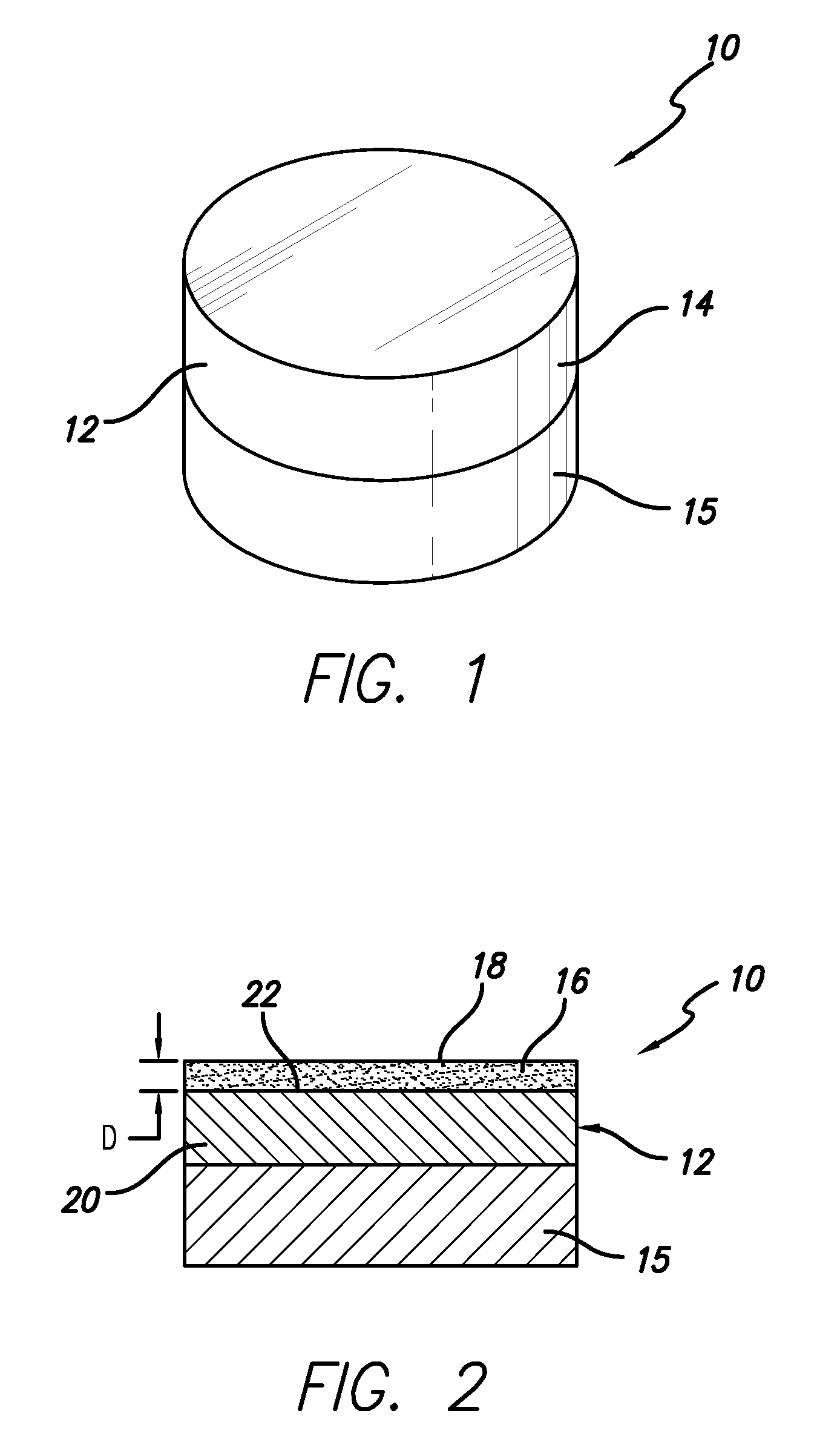Nondestructive Device and Method for Evaluating Ultra-Hard Polycrystalline Constructions
a non-destructive, polycrystalline technology, applied in the direction of material analysis using wave/particle radiation, x/gamma/cosmic radiation measurement, instruments, etc., can solve the problems of affecting the economics of making parts, affecting the economics of parts, and the scope of destructive techniques is very limited, so as to achieve high vacuum requirements, reduce the effect of sampling time and small sampling chambers
- Summary
- Abstract
- Description
- Claims
- Application Information
AI Technical Summary
Benefits of technology
Problems solved by technology
Method used
Image
Examples
Embodiment Construction
[0029]A nondestructive device and method useful for providing qualitative and / or quantitative information relating to the amount, location, and / or distribution of on or more particular target material within the material microstructure of an ultra-hard construction, e.g., an ultra-hard polycrystalline construction, according to the principles of this invention, is X-ray fluorescence (XRF). As described in better detail below, XRF is used to provide qualitative and / or quantitative information for a desired / targeted region of the ultra-hard polycrystalline construction in a manner that is accurate and that does not result in the destruction of the part.
[0030]FIG. 1 illustrates an example ultra-hard construction 10. Ultra-hard constructions as described herein are understood to be those that include ultra-hard materials having a hardness of greater than about 4,000 kg / mm2. The construction comprises a body 12 formed from an ultra-hard polycrystalline material 14, e.g., that may compris...
PUM
 Login to View More
Login to View More Abstract
Description
Claims
Application Information
 Login to View More
Login to View More - R&D
- Intellectual Property
- Life Sciences
- Materials
- Tech Scout
- Unparalleled Data Quality
- Higher Quality Content
- 60% Fewer Hallucinations
Browse by: Latest US Patents, China's latest patents, Technical Efficacy Thesaurus, Application Domain, Technology Topic, Popular Technical Reports.
© 2025 PatSnap. All rights reserved.Legal|Privacy policy|Modern Slavery Act Transparency Statement|Sitemap|About US| Contact US: help@patsnap.com



